AutoCAD allows users to attached PDF files and work with them in different ways in drawings. The level of functionality depends on where the PDF came from and if data is embedded into the PDF. Let’s explore some of these basic and advanced options:
1. Show/Hide portions of the PDF.
2. Trace geometry
3. Control the visibility of elements
4. Extract objects
Option 1: clipping using boundaries
Available to all attached files is the ability show/hide portions of the underlay. Below the attached building site PDF example will be used to focus attention on certain parts of the drawing.
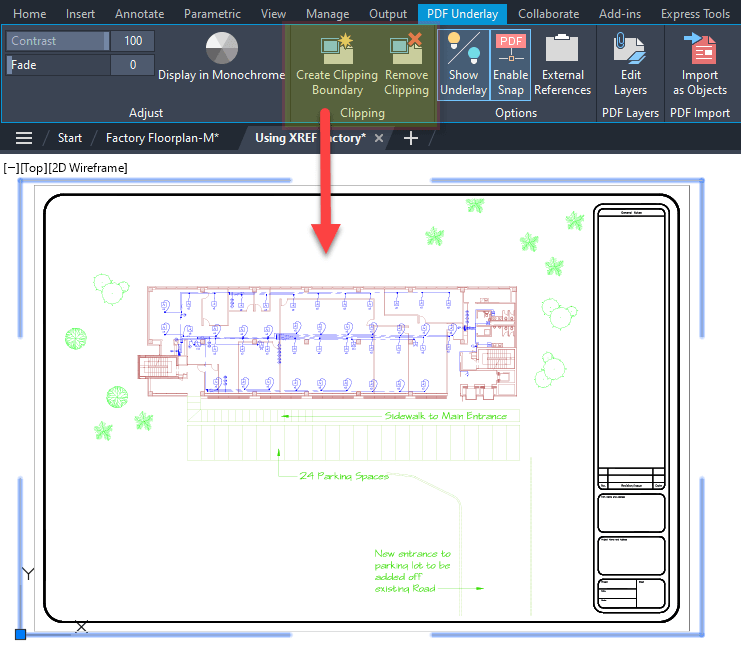
Users can invert clipping boundaries and make inside or outside type areas to external references (XREF). This allows for creating voids or reduced clipped areas. Useful when files span too large of an area or details are not necessary.
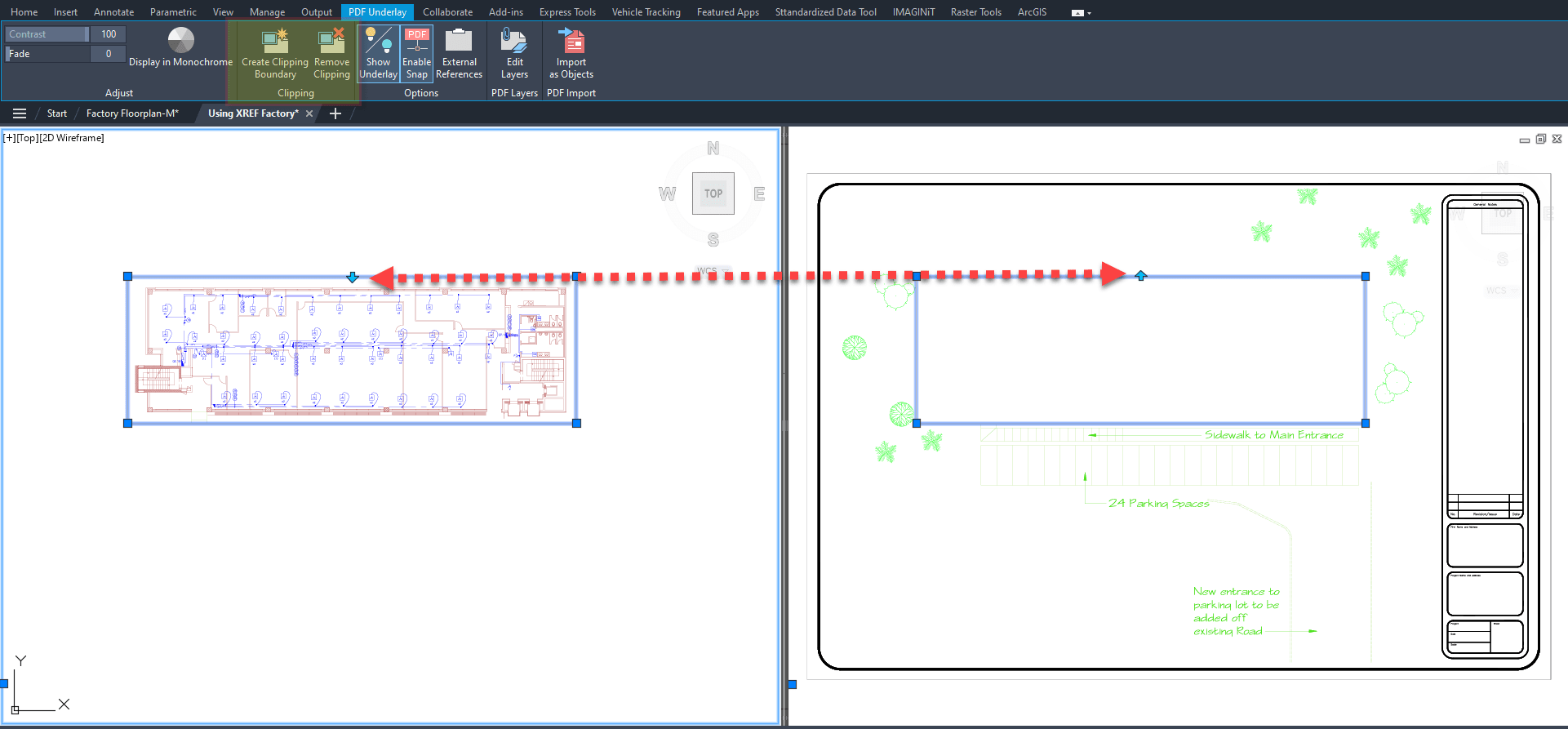
Option 2: using objects snaps
AutoCAD can approximate geometry OSAPS in a PDF if it is able to recognize geometry. Typically, a PDF would have to originate from a “
CAD” type software for this to work. Users can then trace over geometry by enabling AutoCAD object snaps.
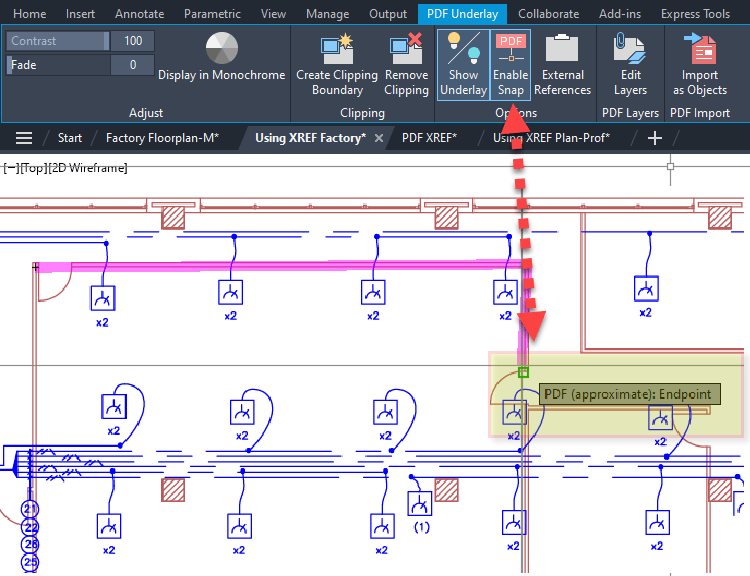
Option 3: Layers on/off
Layer control is only available if the layers were enabled when PDF file was created from a "
CAD" type software.
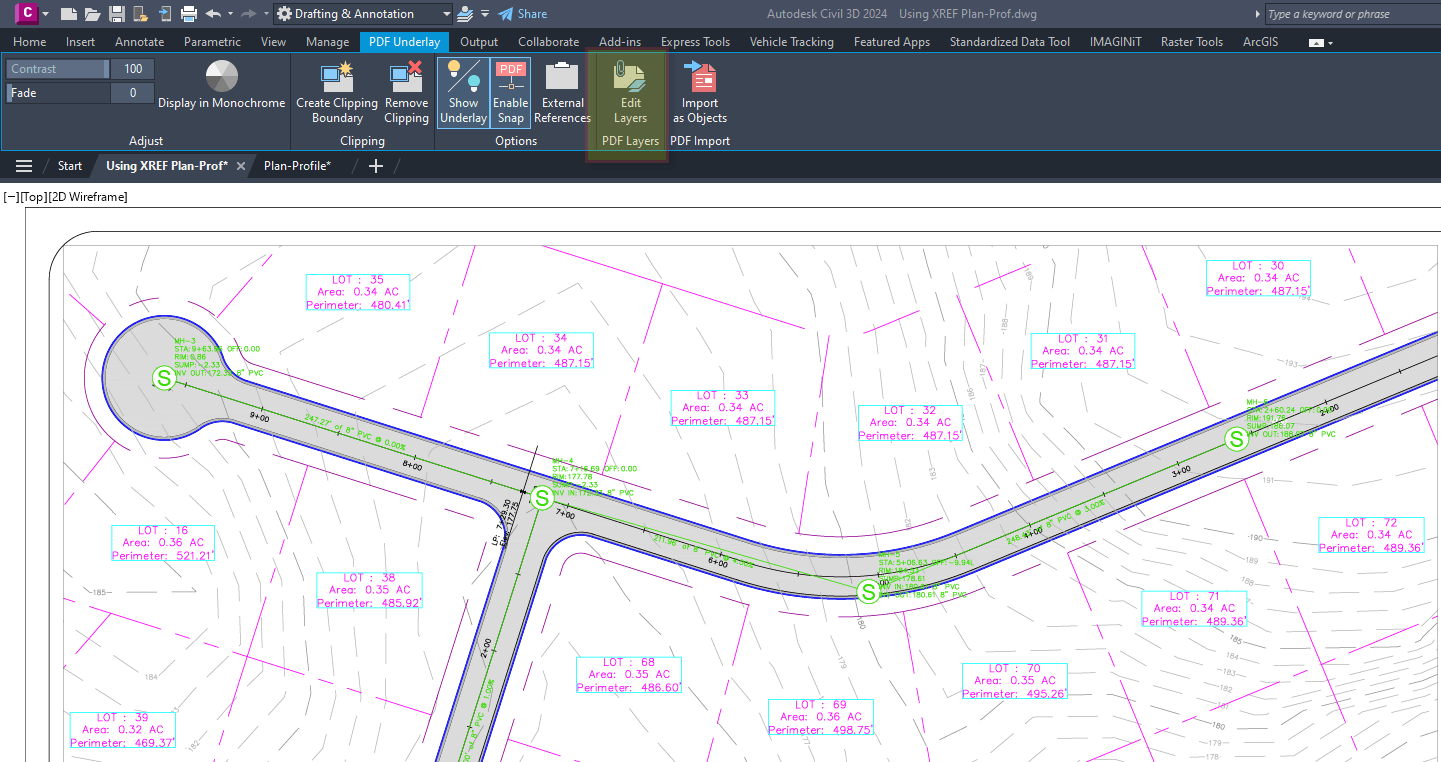
Users can reduce clutter in PDF by switching layers on/off. In the civil site example below the Surface object, Parcel and Sewer annotations layers have been turned off.
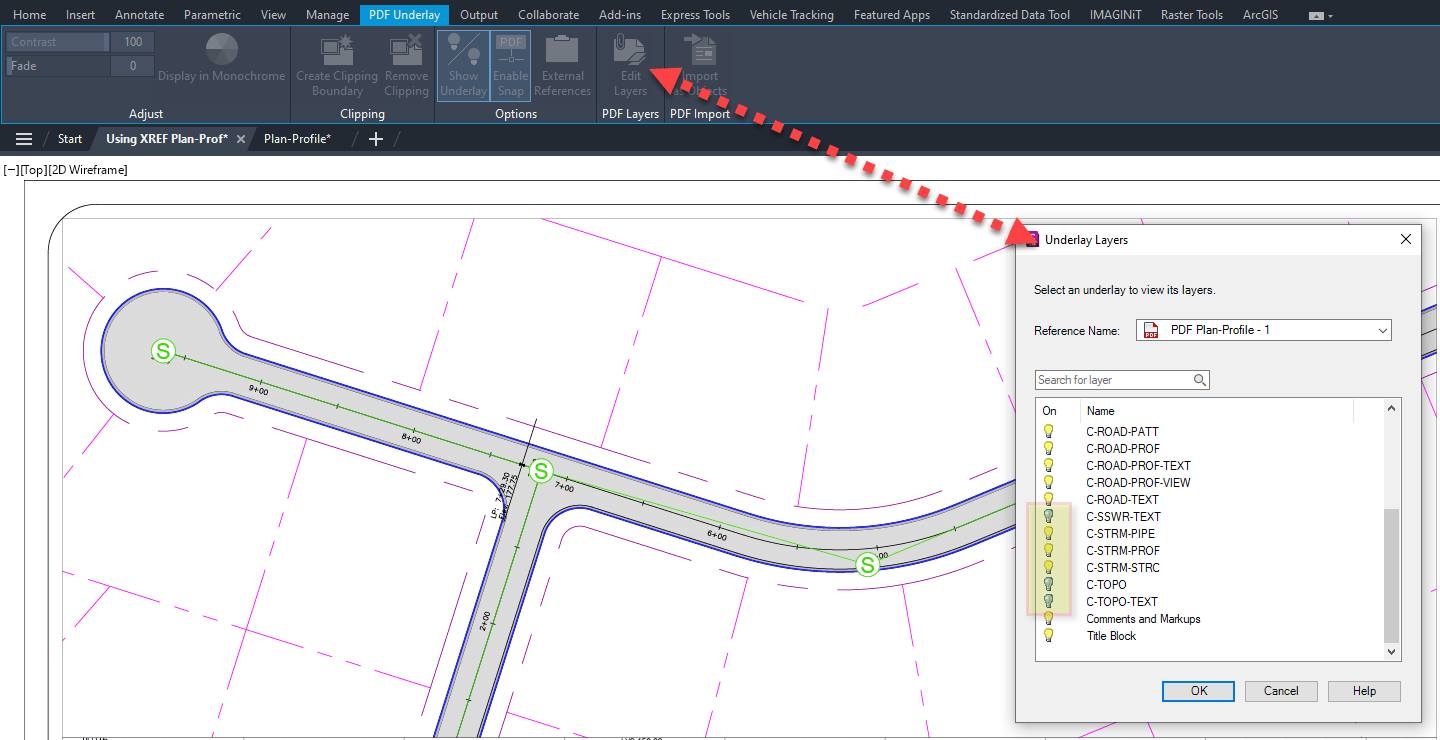
Option 4: extracting AutoCAD objects
Since the release of AutoCAD 2017, there is the ability to extract geometry from a PDF file. The function to extract AutoCAD objects depend on if the PDF originated from a “
CAD” type of platform. PDF files created from scanners will result in the creation of a raster image file.
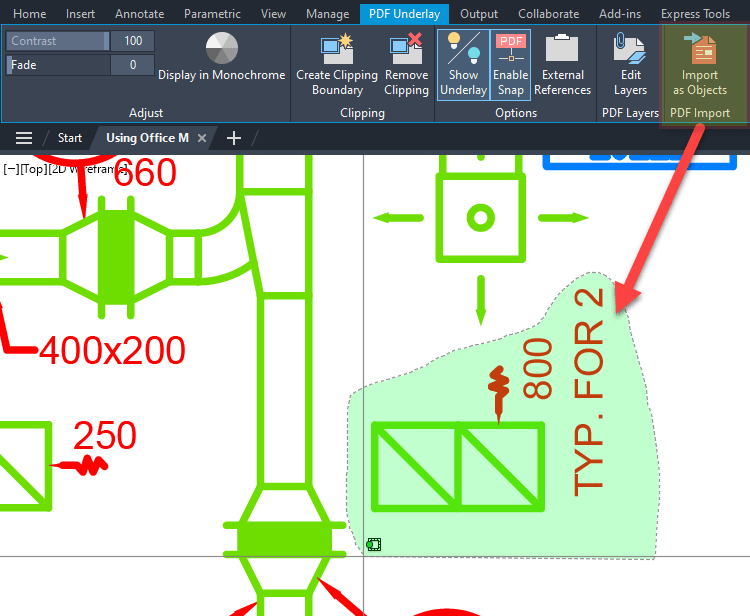
When the import command is executed, users will be promoted to:
1. First, Select PDF to work with.
2. Next, define area to be extracted: polygonal or all.
3. Then, what to do with the underlay: Keep, Detach, Unload. 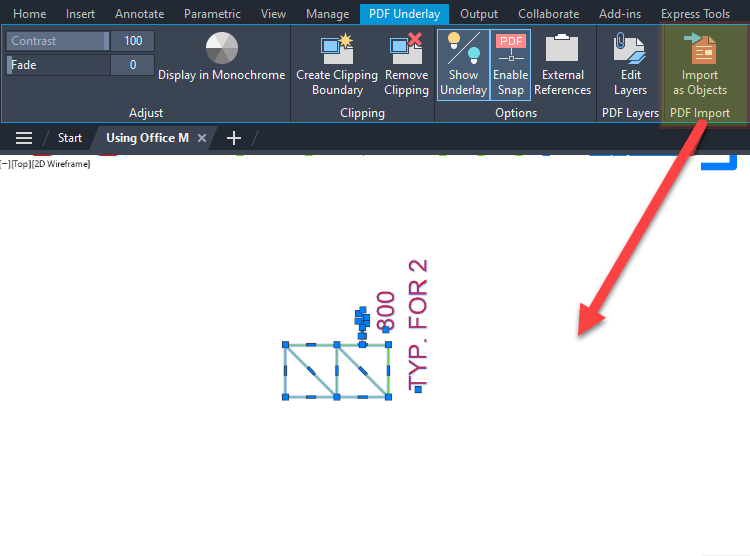
The newer
PDFimpot command has options for extracted AutoCAD lines, arcs, text and raster images.
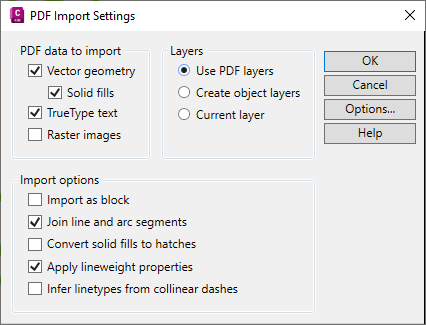
We hope you have found these tips useful visit the IMAGINiT blog pages and find more topics related to your industry:
About the Author

Civil Applications Expert<br><br>As an Applications Expert, Leo is responsible for supporting, training and implementation of software for survey and civil engineering professionals. He has more than 20 years of experience helping large and small, public and private clients in the eastern United States.
More Content by Leo Lavayen








More Content by Leo Lavayen























